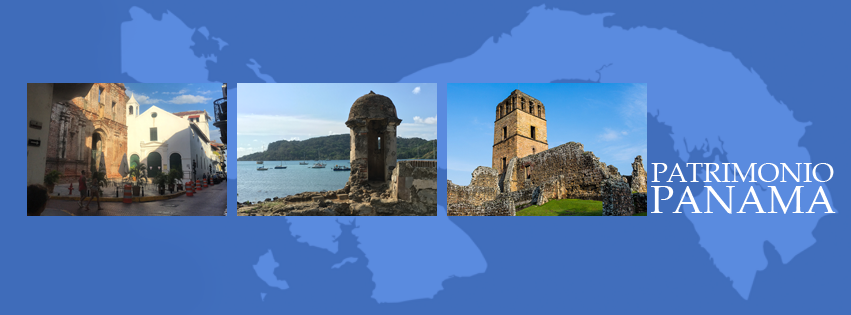
Figure 1. Home iconic LIFE magazine, 24 th of January, 1964. Source: Internet.
Dear Friends of Patrimonio Panamá:
Today is the anniversary of the deed No.51 of 9 th of January, 1954. Thanks to nationalist impulse and civic groups like Citizens Movement initiatives Strengthening Identity Panama(1), on the 9 January was declared “National Sovereignty Day in remembrance of the patriotic deeds January 1964”, through Law No.118 27 December 2013. He is remembered national day of mourning, with the national flag hoisted at half mast.
To learn more about the exploits of patriótical 9 th of January, 1964, You can read the entry titled Panama Heritage, “A Law for the heroic deeds of the 9 January 1964”.
It is very satisfying to note that, Unlike previous anniversaries, this year Panamanian citizens with artists The Kolectivo, They have painted the mural commemorating the feat, on the Avenue of the Martyrs (and Salón 9 January) in Panama City. This time, the National Institute of Culture and the City of Panama have actively contributed to the initiative.
You can read about the note published in La Estrella de Panama, here: Mural 9 January: walls when the history is taken.
I share some photos.

Figure 2. Mural of The Kolectivo in homage to the Martyrs 9 th of January, 1964, Avenue des Martyrs, Panama City. Photos courtesy of Maritza Vernaza. Date: 9 th of January, 2015.
The Director General of the National Institute of Culture from 2014, Ms. Mariana Núñez, participated in the activity of mural painting as a further sign of support for the initiative of the Kolectivo. In Figure 2, from the upper left down: Mariana Núñez and citizens painted the mural in tribute to the fallen 9 th of January, 1964; Mariana Núñez (Gray Tshirt) and the artist Ologwadi (straw hat); Panamanian artist Ologwadi. The two pictures on the right column of Figure 2 correspond to the gigantic mural in the process of being painted by artists and citizens who come to help. The 9 January is a day of national mourning.

Figure 3. Mural of The Kolectivo in homage to the Martyrs 9 th of January, 1964, Avenue des Martyrs, Panama City. Photos courtesy of Maritza Vernaza. Date: 9 th of January, 2015.
In Figure 3, left column from top to bottom, see artists and citizens painting; the Director General of INAC Mariana Núñez giving an interview; artists, mural in progress and goods. In the right column of Figure 3 see two beautiful images of mural, laden with symbolism painful.

Figure 4. Marta Noemi Noriega mural in honor of the Martyrs 9 th of January, 1964, Avenue 12 October, Panama City. Photos courtesy of Maritza Vernaza. Date: 9 th of January, 2015.
In Figure 4 we can see the mural in the process of Panamanian artist Marta Noemi Noriega, on the Avenue 12 October Panama City, accompanied by a group of young people who support it to shape your design in honor of the protagonists of the events commemorating today 9 th of January, 2015.

Figure 5. Solemn Tribute to the Martyrs of 9 th of January, 1964 at the National Institute, Avenue des Martyrs, Panama City. Photos courtesy of Wilhelm Franqueza. Date: 9 th of January, 2015.
In the meantime, this morning at the National Institute, Generation 1964 commemorated in a ceremony to students in this school and national monument, who gave their health and their lives in the patriotic struggle January 1964. Accompanied in commemorating the Ombudsman and the National Institute of Culture. Images of Figure 5 highlights not only the assistance of these, but the beauty of the Aula Maxima of the campus.
Friends, commemorate this day of national mourning remembering the extraordinary events of January 1964 in the cities of Panama and Colon, and elsewhere in the country; not only as historical facts, but as part of our collective past that is ours and future Panamanian heritage. Remember not to hate or to reproach, but to reflect and lead the country in ways that never returned to a similar situation, and that always kept full and sovereign from sea to sea.
Regards,
Katti Osorio Ugarte.
Further reading:
- On Law No.118 27 December 2013: Conclusion: A law, finally enacted, for the deeds of 9 th of January, 1964.
- Other related items in Heritage Panama (Search by category): Anniversary Memories No. 50 Sovereignty Day: 9 th of January, 1964 (Heritage Panama, 2013).
- Photo gallery 9 th of January, 1964 La Estrella de Panama: TRIBUTE – Special Gallery.
- Gallery in La Estrella de Panama: 9 th of January, 1964 – Panamá. Reactions in newspapers around the world.
Notes:
(1) The citizens' initiative presented by the Citizens Movement for Strengthening Identity Panamanian National Assembly on 21 October 2013 through Dr.. Ana Elena Porras, member of its leadership, was the origin of the text of the Act No.118 27 December 2013, “Declaring the 9 January each year Day of National Sovereignty, subrogated Law 13 of 1967 and modifies an article of the Labour Code”. The text rests in the National Assembly and the Legislative Procedure 2013-2014, Bill 027, then Bill 669; Title: “Declaring the 9 January each year National Sovereignty Day, subrogated Law 13 of 30 th of January, 1967, and amending Article 46 Labour Code”; Date of submission (of his time as Bill): 21 October 2013; Proponent: Ms. Ana Elena Porras Guizado (ECI); Commission: Education, Culture and Sports.









